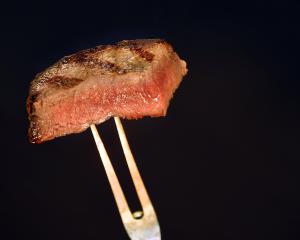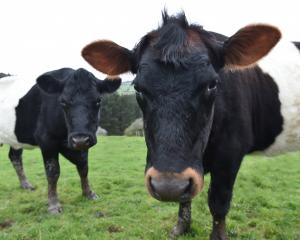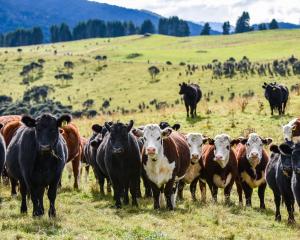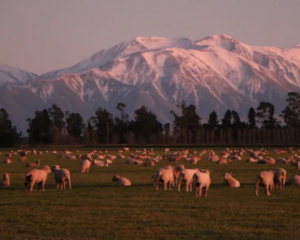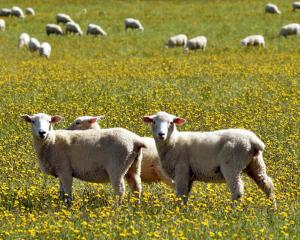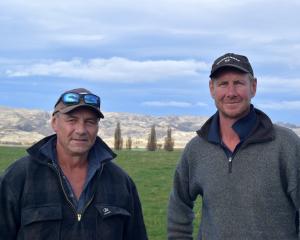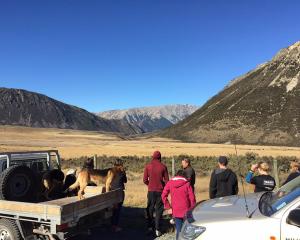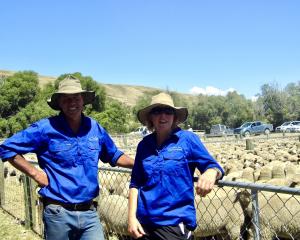
ASB senior rural economist Nathan Penny said prices were now bottoming out, albeit at a healthy level, after hitting record highs last spring.
"The underlying tight supply conditions that boosted last year's prices look set to continue, though the weather and, therefore, feed availability, remain swing factors as they normally are," Mr Penny said in a statement.
He said lamb prices look set to bottom out just below $7 per kg as the end of the season loomed.
"Looking ahead, we expect prices to peak in spring 2019 in the high $7 kg range," he said.
Demand remained "strong" in the US and "firm" in China, but traditional markets, like the UK and European Union, continued to lose importance.
"We'll be keeping an eye on how Chinese demand holds up amid hints of a slowdown, with Beijing recently dropping its GDP (gross domestic product) growth target to 30-year low," Mr Penny said.
The overall ASB commodity price index, in US dollar terms, ended the first week of March up 0.5%.
The gain was led by dairy prices rising 2.6%, sheep and beef prices were down 1.7%, forestry rose 0.2% and fruit was down 0.6%.
Data released recently showed the manufacturing of dairy and meat products rose 4% for the quarter to December, and the volume of manufacturing sales rose, but the value of those sales fell 0.5%, StatsNZ said.
"The meat and dairy industry rebounded after a strong fall in the September quarter," Stats NZ manufacturing statistics manager Sue Chapman said, BusinessDesk reported.
"Most meat and dairy products in New Zealand are exported and occasionally the timing of exports, price changes and exchange rates can affect manufacturing sales," Ms Chapman said.
The figures are adjusted to smooth seasonal variations.
The rise in the December quarter follows a 1.1% drop in volumes in the September quarter, when meat and dairy production dropped 5.9%, while the fall in value in the latest quarter follows a 1.8% increase in the September quarter.
Compared to the December quarter of 2017, volumes were up 0.2% and value was up 3.7%.
Ms Chapman says sales volumes rose for nine of the 13 industries the data series measures.
Volumes of petroleum and coal products rose 4.1%, up from a 0.2% increase in the September quarter.
The largest decrease was in chemical, polymer and rubber product manufacturing which fell 3.2% after a 7.7% increase in the September quarter and an 8.2% drop in the June quarter.
- Additional reporting: BusinessDesk


